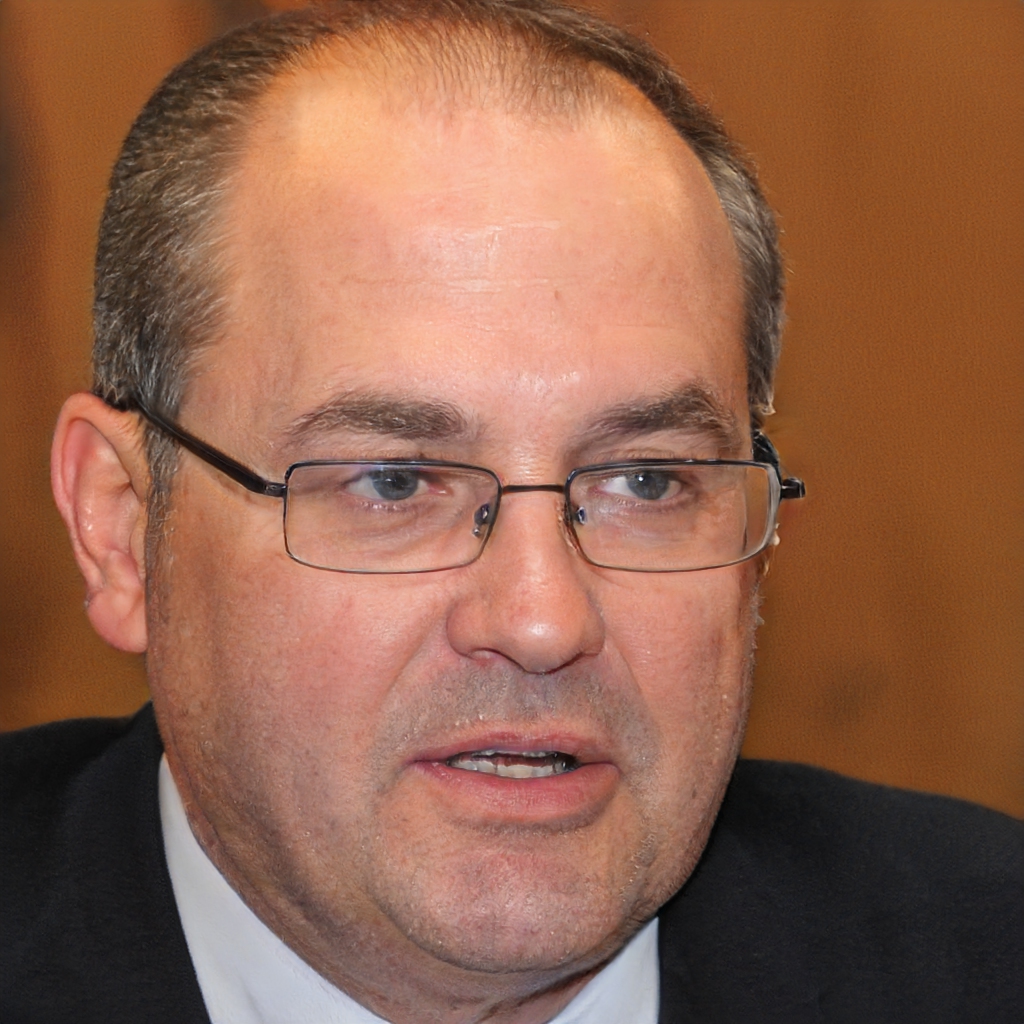Reclaiming Vision When Direction Starts to Blur

Some days you know what you’re doing. Other days, you tell yourself you know. And then there are days—quiet, in-between ones—where you start to wonder if the difference even matters.
I had one of those days not long ago.
The work wasn’t broken. The team wasn’t falling apart. The roadmap? On track, more or less. But something kept tugging at me. Not loudly. Just enough to make me pause before answering questions I used to answer without thinking.
That pause was the problem. Or maybe the clue.
Because clarity used to come easy. I knew where we were going, why it mattered, what would move us forward. And lately? It felt like I was squinting through fog. Still moving. Still deciding. But slower. Heavier.
I used to chalk that up to fatigue. Burnout. Even overthinking. But this time, I didn’t want to rationalize it away. I wanted to understand it.
So I stopped pushing for momentum and started digging into stillness.
It sounds like a cliché, I know. “Slow down to move faster.” But I wasn’t doing this to be productive. I just wanted to see what I had stopped seeing.
That’s when I found myself sketching on paper again.
I didn’t mean to. There wasn’t a plan. Just some blank space and a cheap pen. I wrote three words. Not fancy ones: Who. Why. How.
And underneath each one, I dumped whatever came to mind.
It wasn’t organized. It didn’t need to be. But I started seeing something I hadn’t in a long time—edges. Priorities. Things that had blurred together over the last year.
Turns out when you stop trying to make it sound good, it starts making sense.
That mess on paper became a mirror. I didn’t love what I saw. Too many gaps. Too much drift. But at least it was honest.
So I kept going.
Over the next few days, I turned those three words into five, then into nine. Not as a framework. Not yet. Just trying to give shape to the conversations I was having in my own head. Questions about alignment, direction, focus, and whether what we say matches what we do.
Eventually, I digitized it. Just so I could move things around without making a mess.
That’s when it clicked.
It wasn’t that I lacked a vision. I lacked a container for it—a place to hold the raw thoughts before they got cleaned up and dressed for meetings.
I didn’t need a new plan. I needed a space to wrestle with the one I already had.
That’s how I ended up using something simple: the Vision Canvas.
No pressure. No format police. Just a canvas. Nine fields. Each one blunt enough to provoke clarity, but open enough to let you think out loud.
And the strange thing? It didn’t feel like planning. It felt like remembering.
Remembering why the work mattered. Who it was really for. What trade-offs we had quietly accepted without discussion.
And slowly, I started seeing alignment again—not because I created it, but because I stopped distorting it.
Now, I use the canvas when I feel drift creeping back in. Not every week. But enough to stay honest. Enough to keep my leadership from becoming autopilot.
It’s not a silver bullet. But it does one thing really well: it interrupts the noise.
And sometimes, that’s all you need.
If you want to see what I saw—try it.
https://visioncanvas.vwcg.app/

Related Posts
Some days you know what you’re doing. Other days, you tell yourself you know. And then there are days—quiet, in-between ones—where you start to wonder if the difference even matters. I had one of those days not long ago. The work wasn’t broken. The team wasn’t falling apart. The roadmap? On track, more or less.…